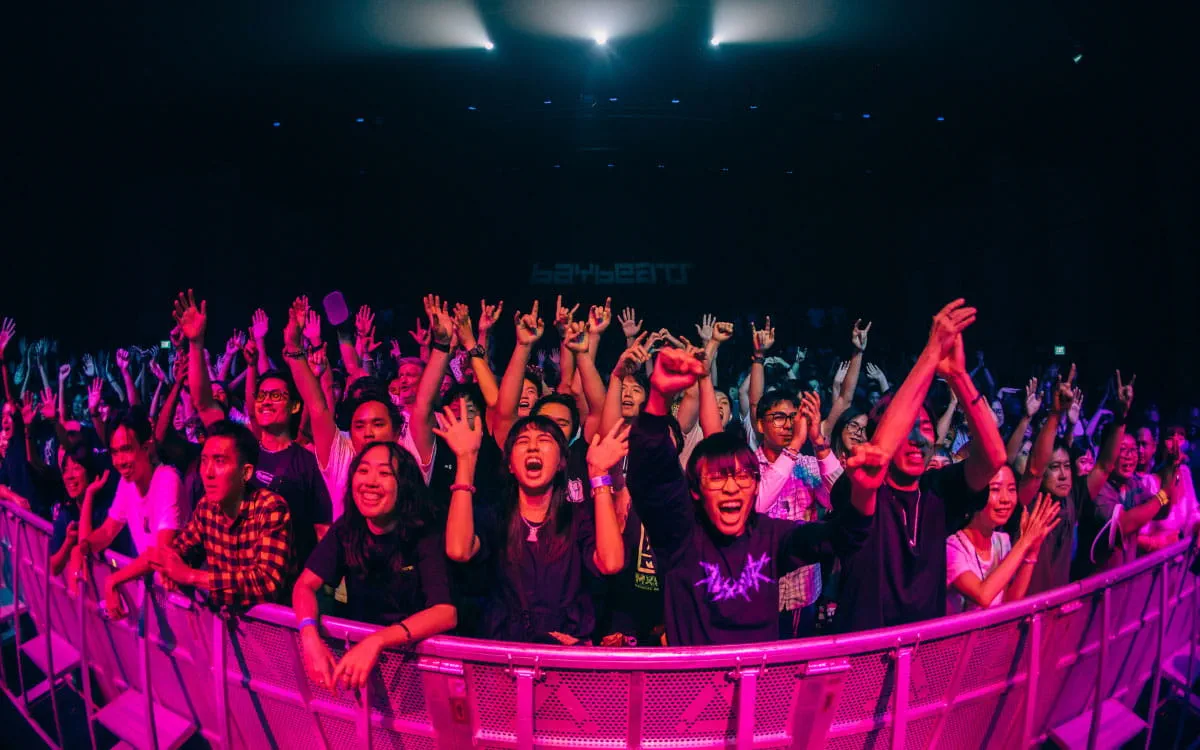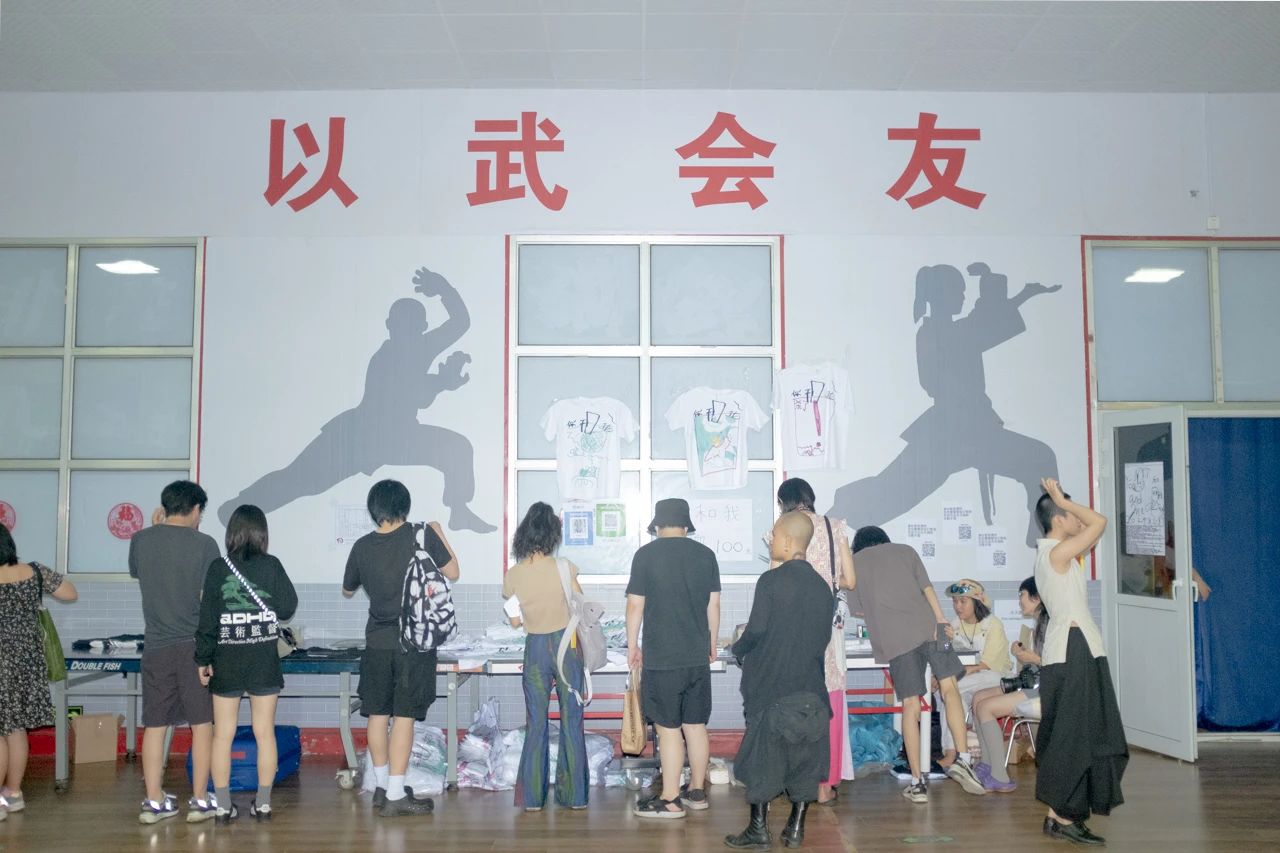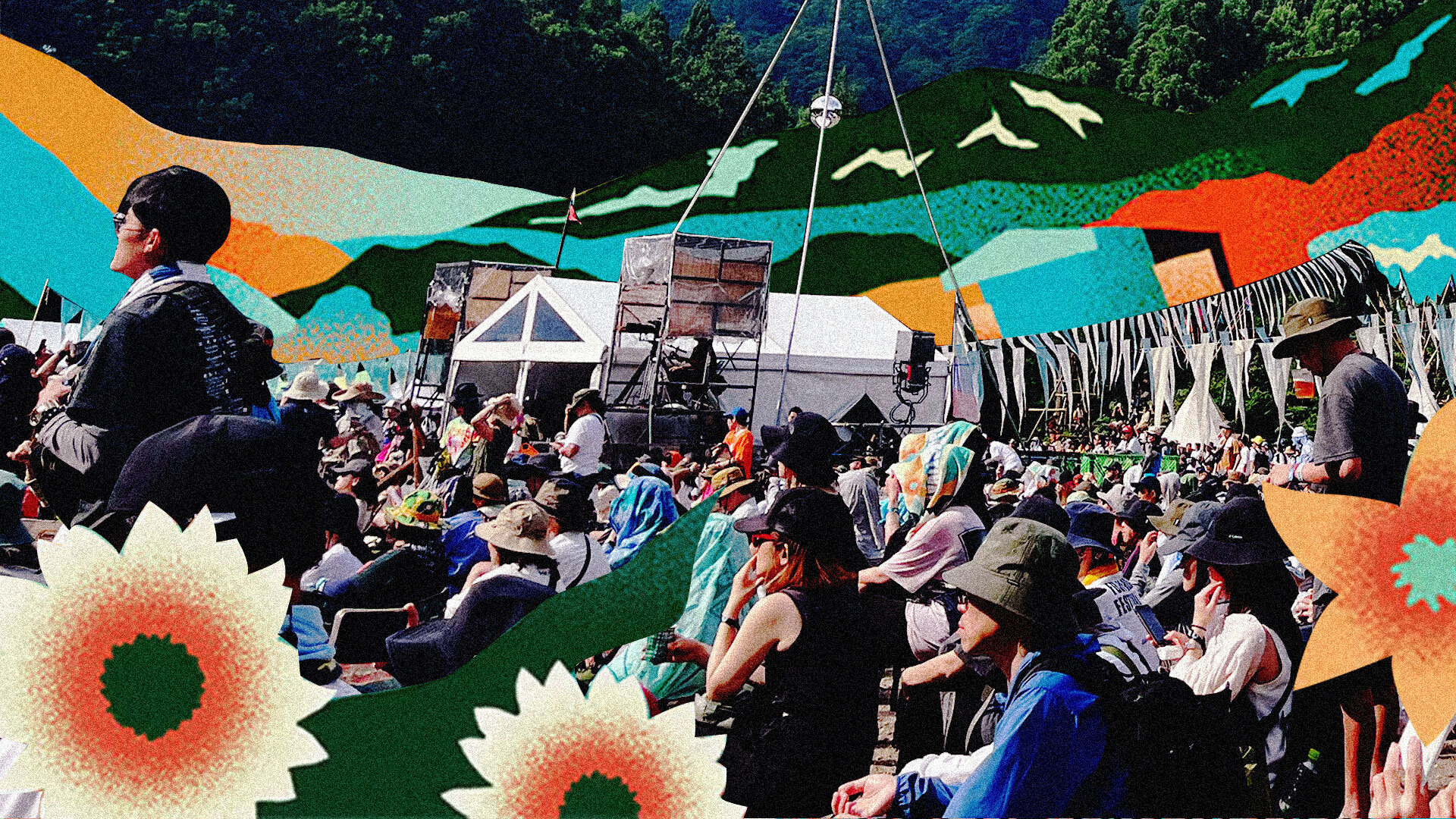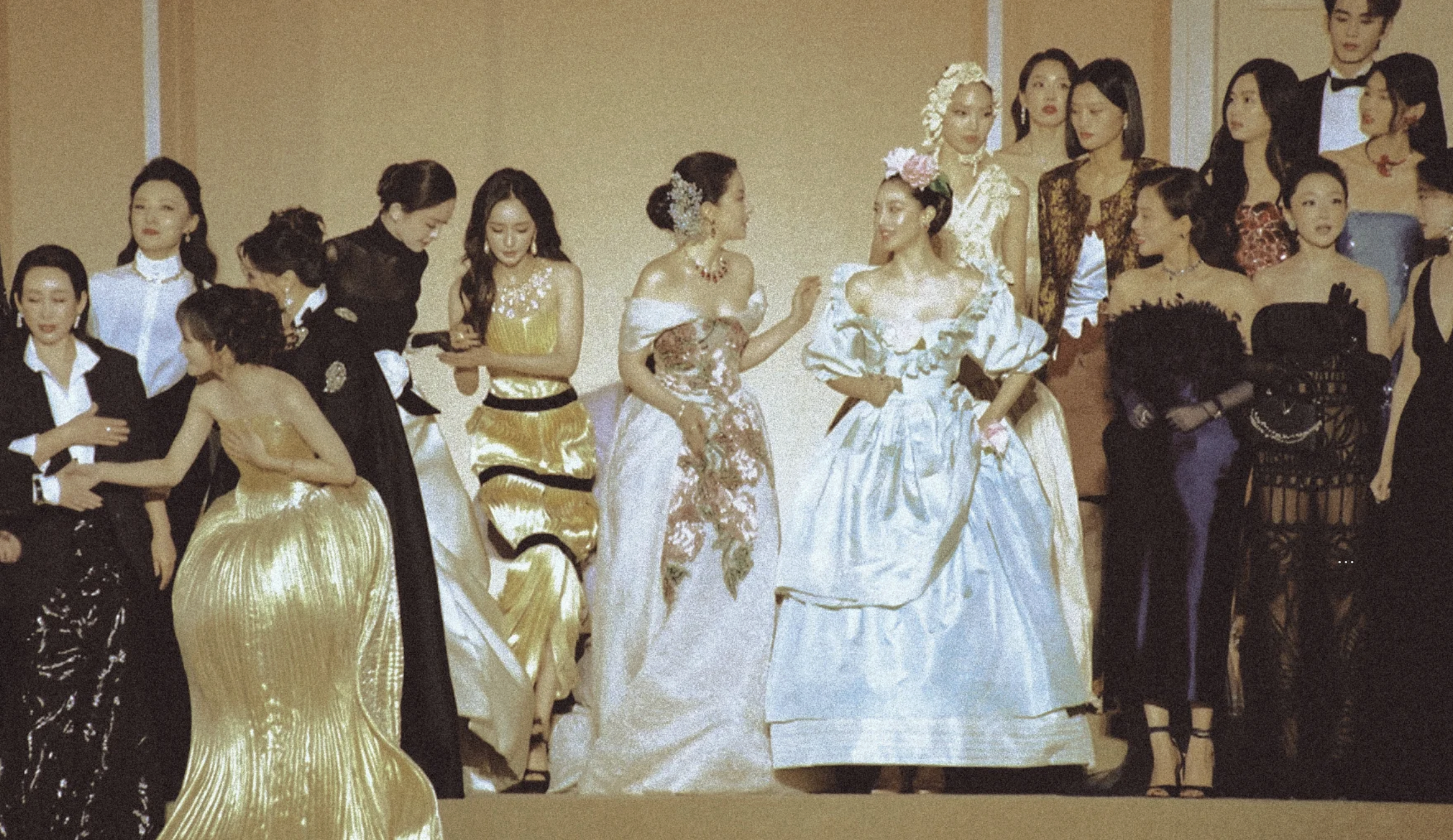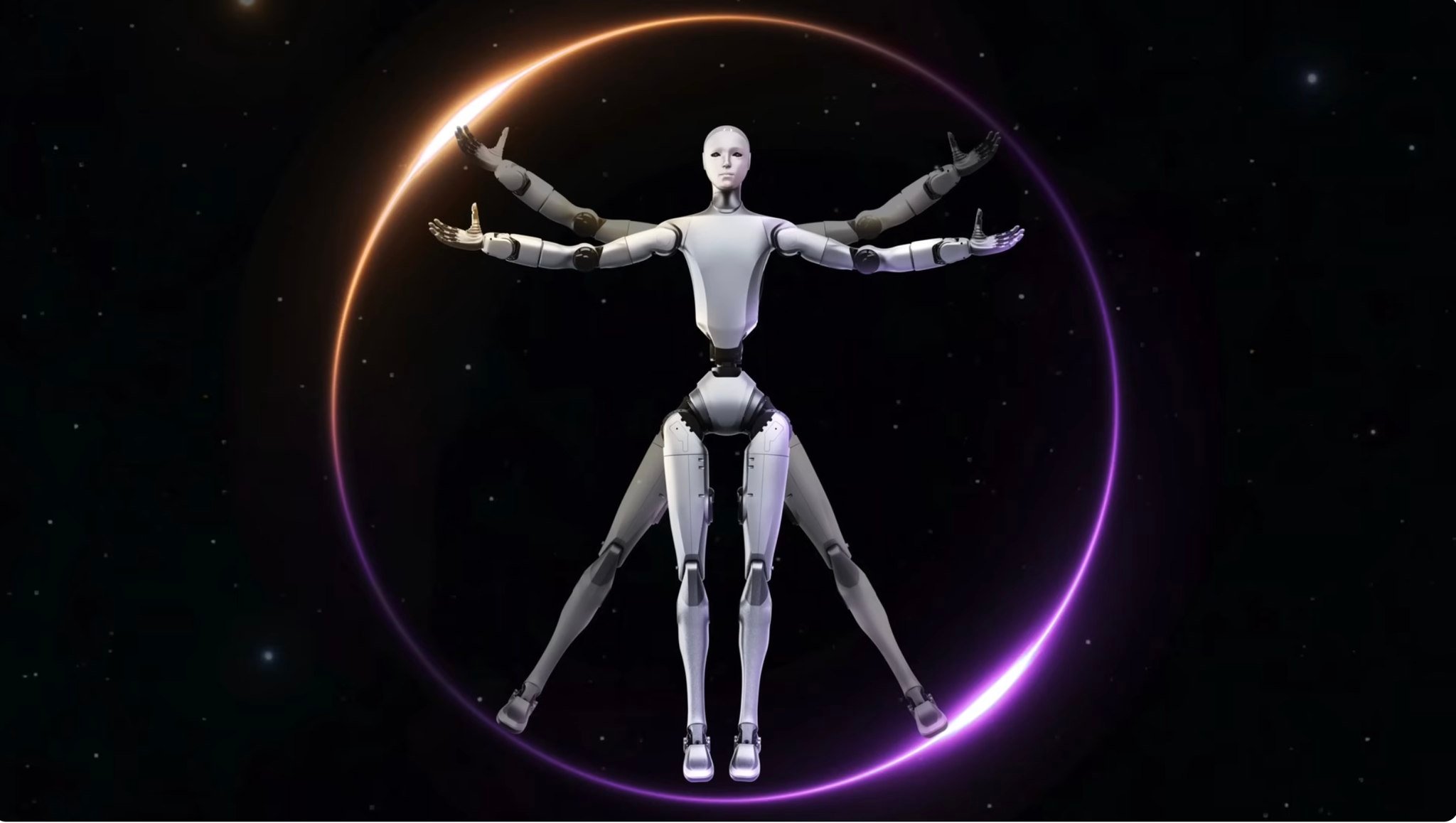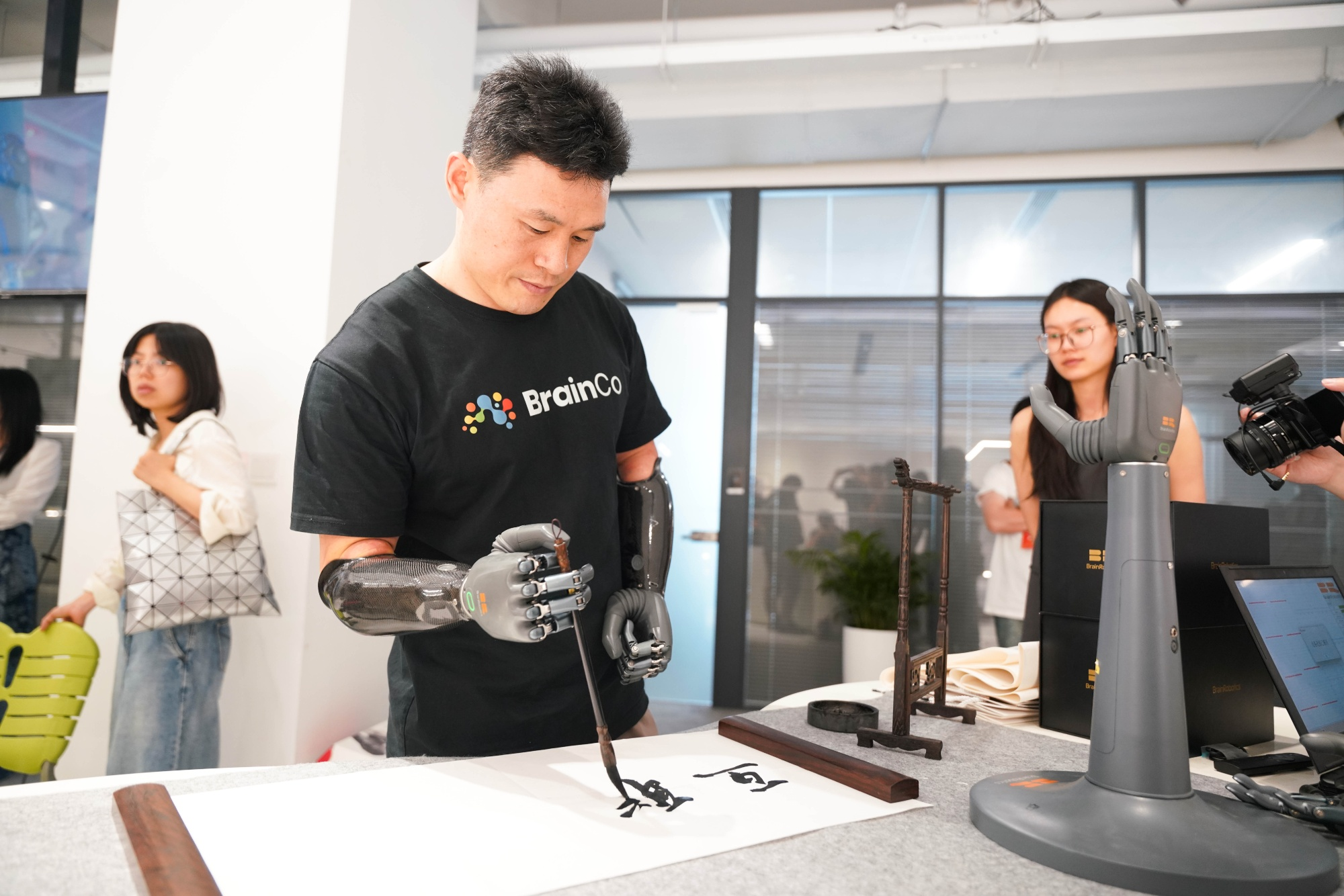The year is 2002. Singapore’s alternative music scene thrives, yet remains largely unknown beyond niche forums and dedicated subgenre circles. A friend mentions a grassroots music gig at Esplanade – Theatres on the Bay, the city’s national performing arts center, featuring local bands you’ve dreamed of seeing live. It’s called Baybeats, and it’s the live music festival you’ve been waiting for.
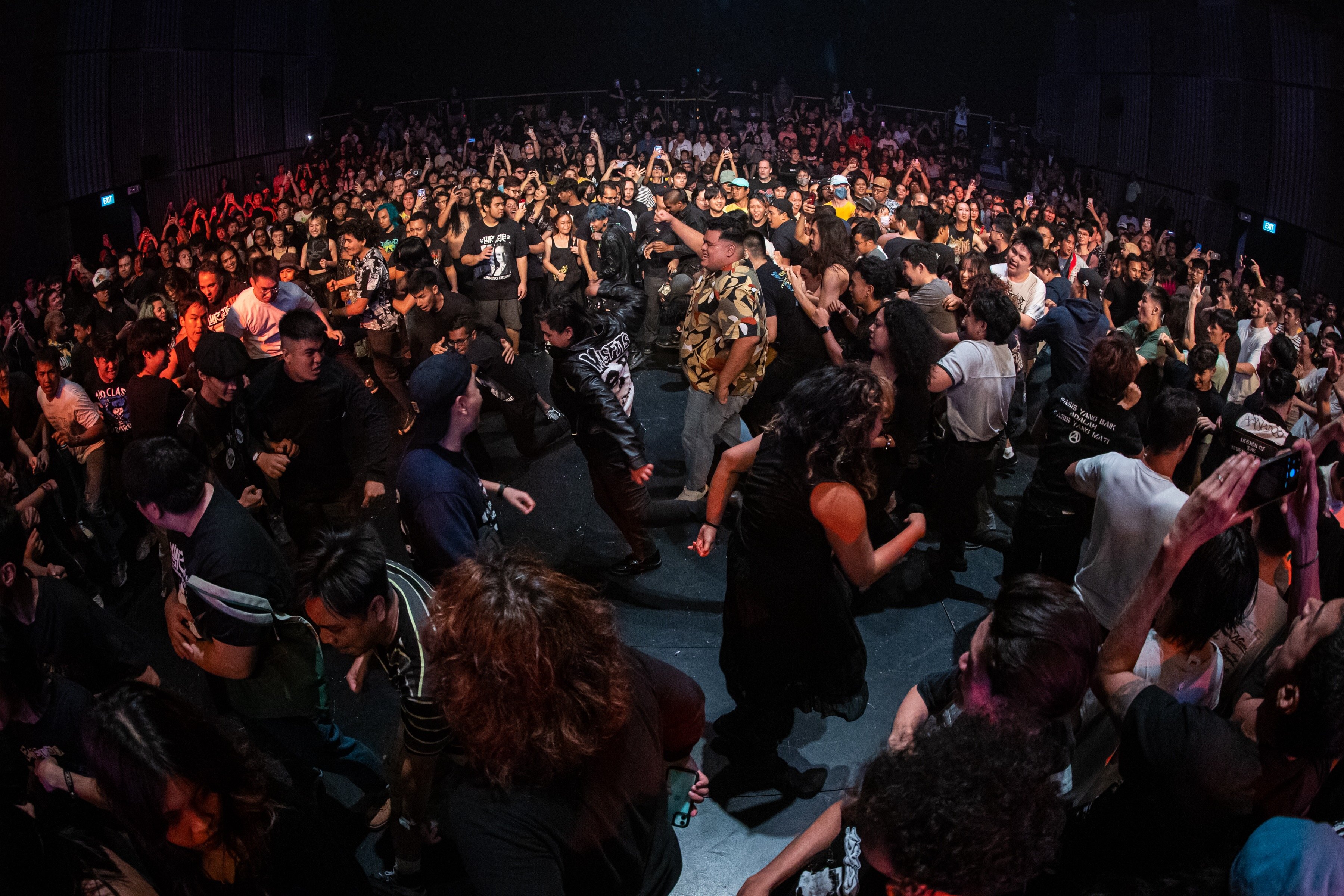
Fast forward to today, and Baybeats remains the cornerstone of Singapore’s alternative music scene, with heavyweights like The Observatory, Wormrot, B-Quartet, and The Great Spy Experiment—among others—having shared the stage with countless bands from around the world. Best of all, Baybeats remains completely free to attend, as it always has been, making it an irresistible draw for live music fans.
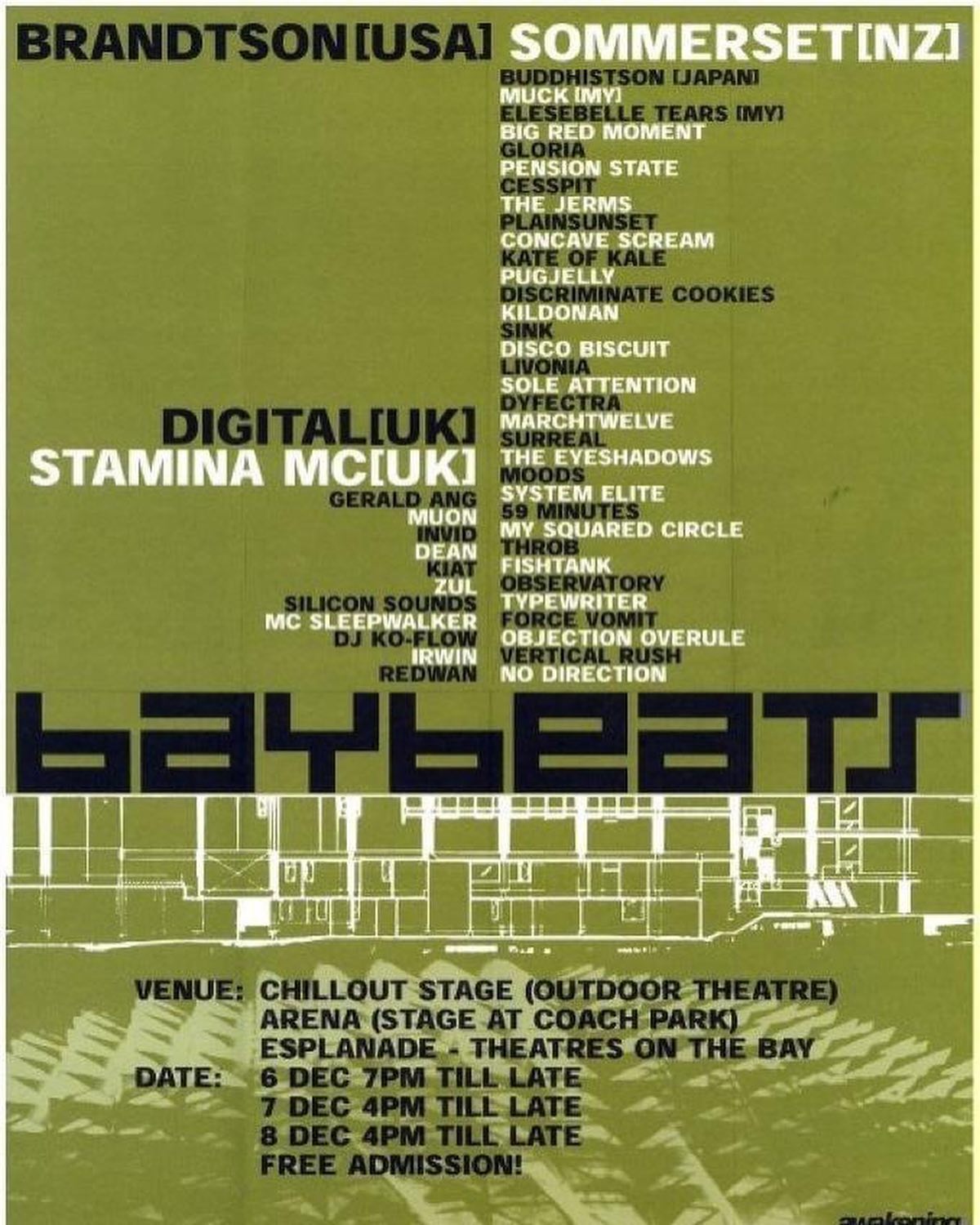
This year’s edition captures something that feels increasingly rare within Asia’s commercial festival circuit: genuine accessibility. Baybeats has always been less about big-name headliners and more about shaping a scene. It’s a living, breathing platform for new voices from Singapore and across the region. The festival’s 2025 lineup, featuring everything from shoegaze collectives to post-punk revivalists and genre-defying electronic acts, reminds audiences that “alternative” is more than just a sound—it’s a spirit.
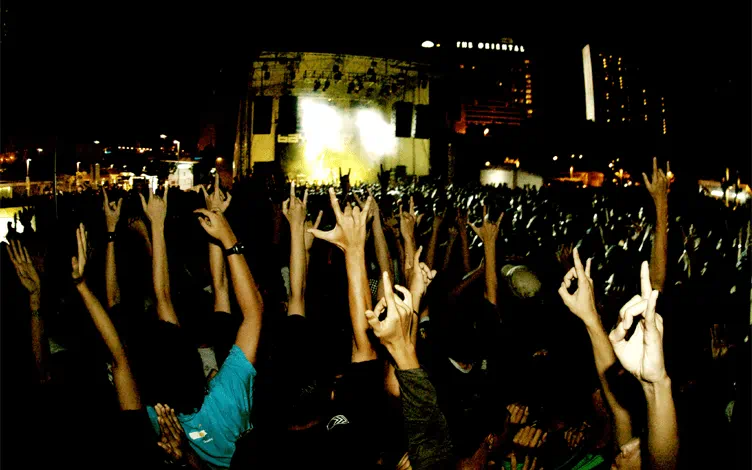
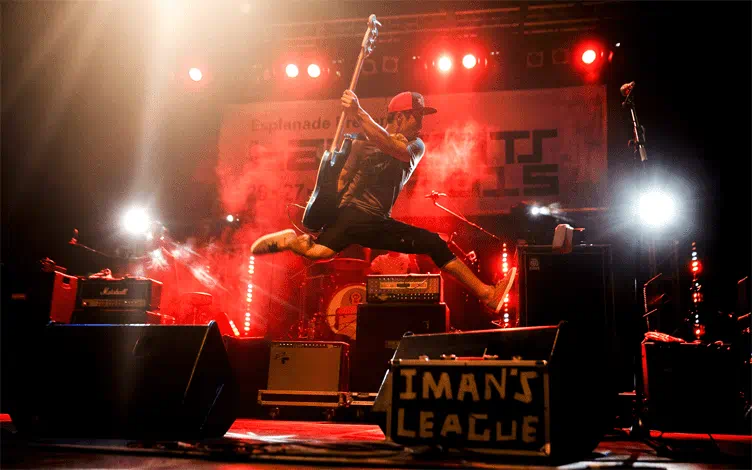
A Festival that Grew Up With Its Audience
When Baybeats first launched, the Singapore music scene was small and fragmented, held together by both corporate concerts and underground gigs, HMV campaigns and niche, in-the-know zines. For Baybeats in the early 2000s, the festival reflected that raw DIY energy—mosh pits under the tropical heat, bands learning to manage feedback mid-set, and crowds that felt more like camaraderie than spectators.
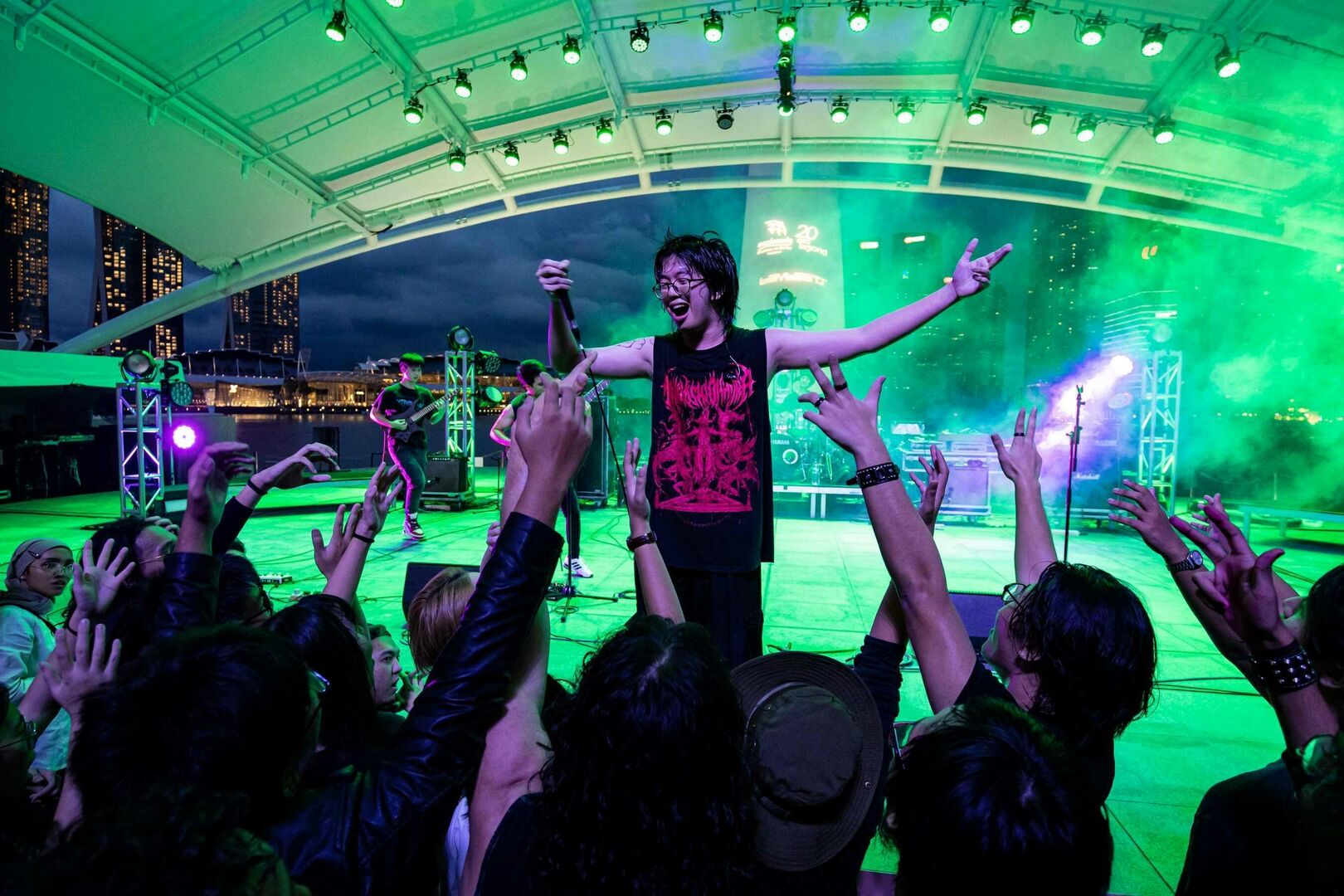
Today’s Baybeats, however, operates in a completely different ecosystem. Young musicians have grown up with unlimited access to global sounds. TikTok trends can send a lo-fi bedroom project viral overnight. Algorithms have replaced record stores. Yet, despite that shift, the essence of Baybeats remains unchanged—to give emerging artists visibility in front of real, breathing audiences, not just metrics on a screen.
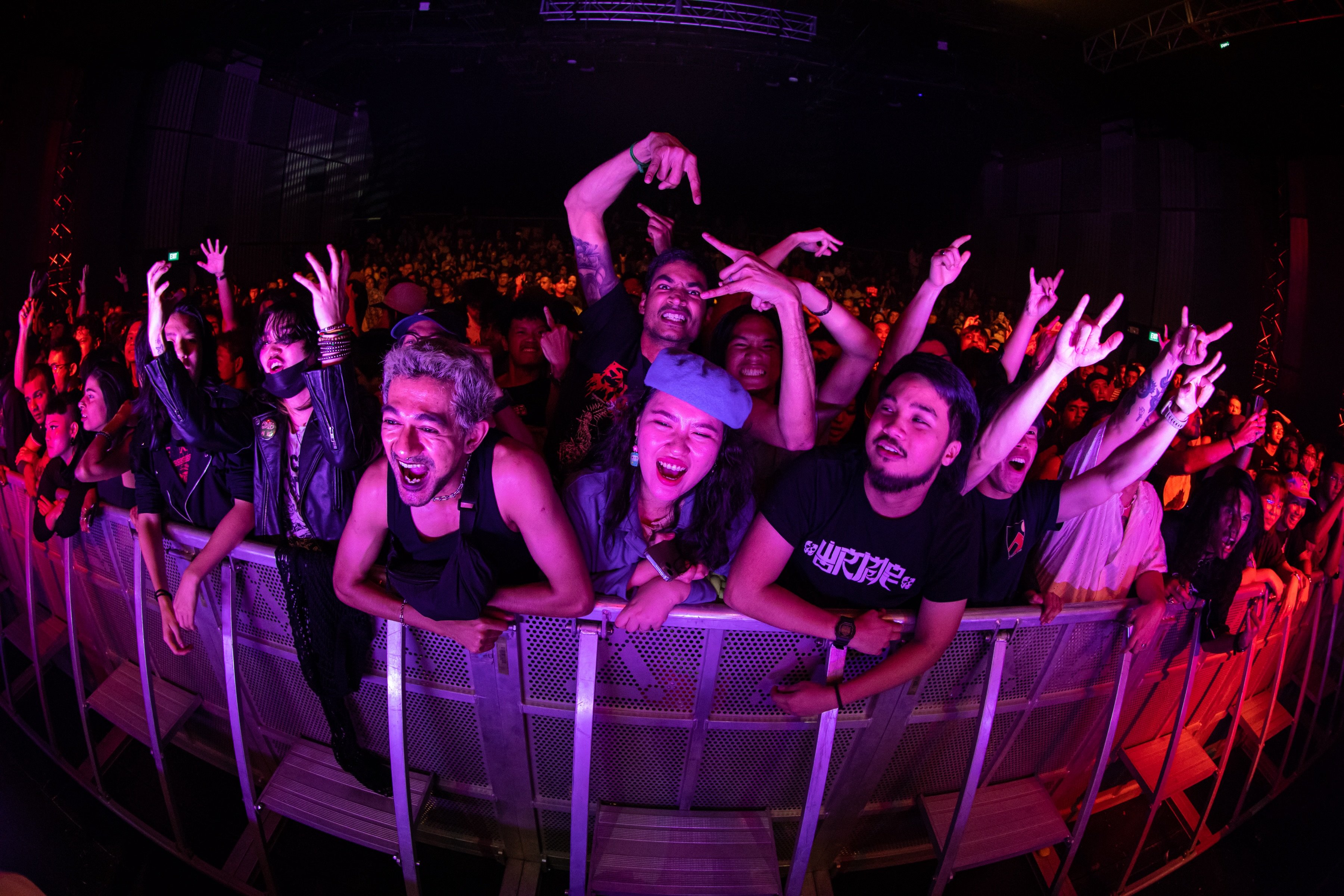
That continuity feels especially important in a city where creative space can feel fleeting. Singapore’s urban landscape moves fast. Establishments come and go, subcultures form and dissipate. But Baybeats has managed to sustain an identity that bridges generations of musicians and fans. Attendees who once moshed at the first editions are now bringing their kids. Teenagers at this year’s festival may discover their first local band there, just as their parents once did.
Beyond the Stage: The Baybeats Budding Programmes
At the heart of Baybeats’ staying power is its Baybeats Budding Programme: an initiative that goes far beyond a talent showcase. Introduced in 2007, it functions like an incubator for young musicians, photographers, and writers, pairing aspiring creatives with mentors in production, performance, stagecraft, and storytelling. Over the years, it has evolved into a defining entry point for Singapore’s next generation of artists.
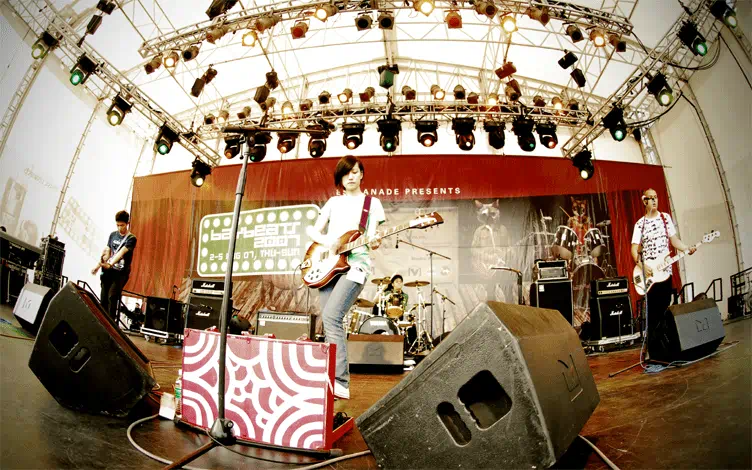
In an era when music creation is democratized but visibility is algorithmically controlled, this kind of guided, real-world mentorship matters more than ever. Bands that have emerged from the program often describe it as a bridge between hobbyist jamming and professional artistry. It’s a rare middle ground where experimentation is encouraged but standards are high.
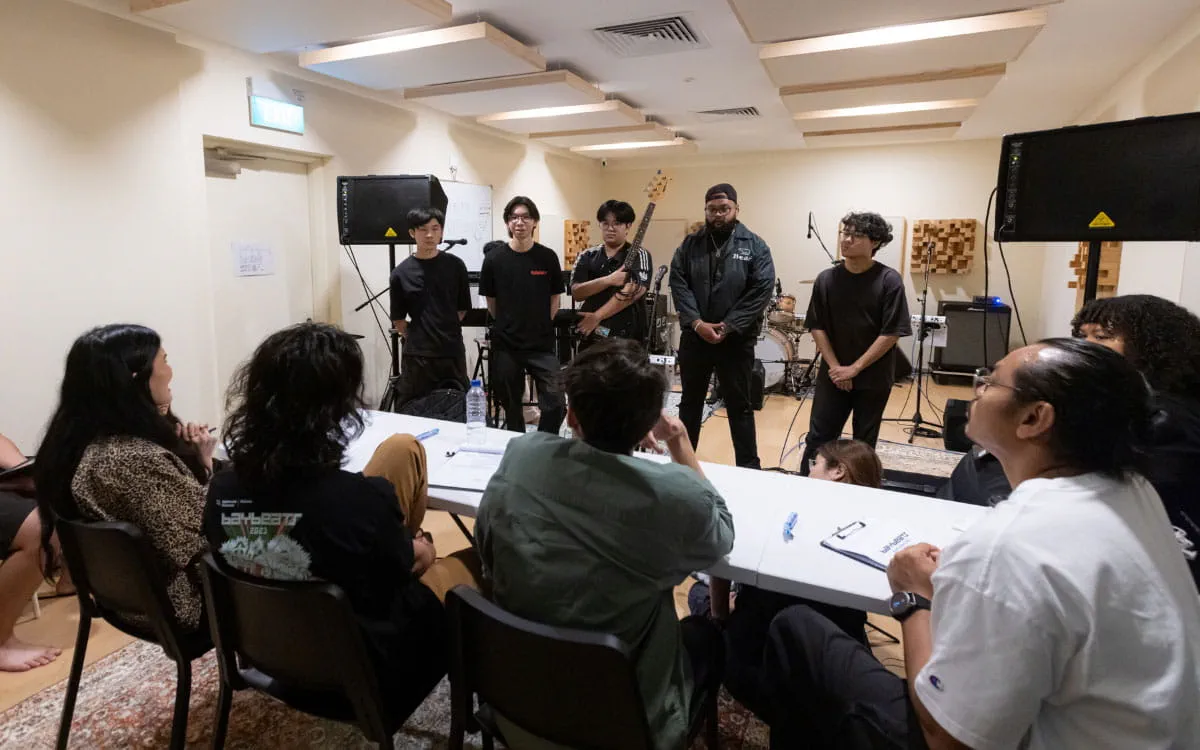
Baybeats’ commitment to keeping the festival free also reinforces its role as a cultural equalizer. For young Singaporeans, where paid gigs can often be prohibitively expensive, the festival’s open-access model means that live music is not a privilege, but a shared public experience. The result? A scene that’s diverse, inclusive, and constantly renewing itself.
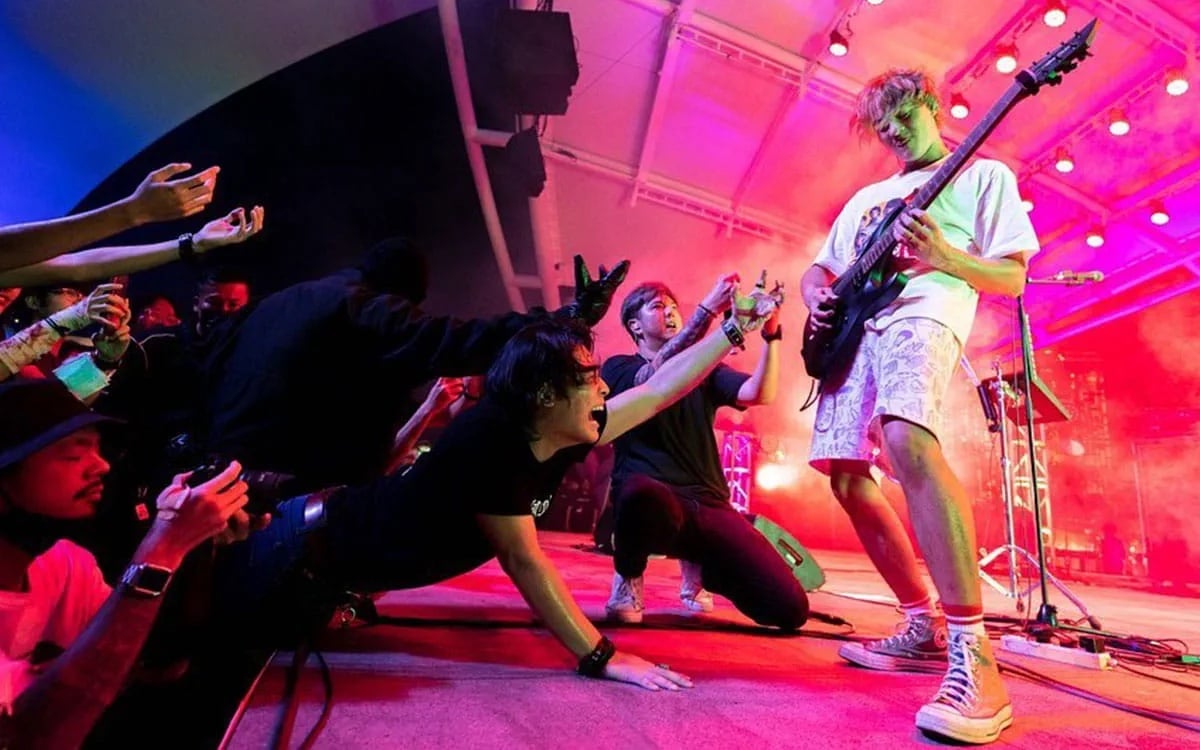
A Platform for Youth Culture in Transition
What makes Baybeats compelling today is not nostalgia, but adaptability. The festival’s evolution mirrors broader changes in Singapore’s youth culture—from subcultural tribes defined by fashion and genre to fluid, hybrid communities that thrive across both physical and digital space.
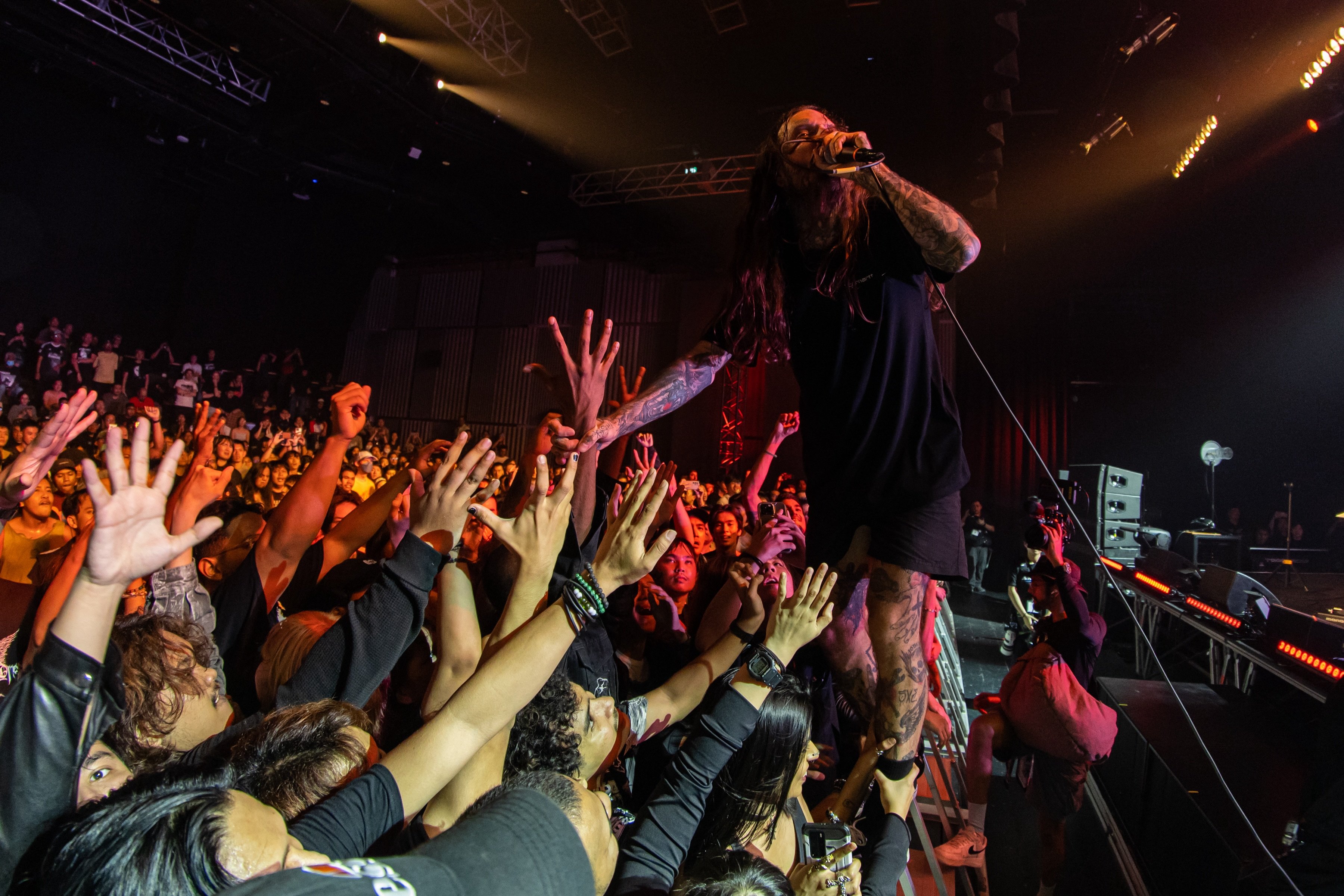
While earlier editions leaned heavily on guitar-driven rock and emo, recent years have embraced a far wider sonic palette: electronic experimentation, hip-hop hybrids, and even ambient pop. This shift doesn’t signal the death of alt-rock and its more extreme subgenres, but rather its reinvention. The alternative ethos now manifests through DIY production, cross-genre collaboration, and regional connectivity—all qualities that define a new generation of Asian artists as much as any specific sound.
Technology has also altered how the festival connects with its audience. Livestreams, social media clips, and post-festival full-performance videos on Baybeats YouTube channel and Esplanade Offstage—Esplanade’s digital content publication—extend Baybeats’ reach far beyond the arts center. For artists across Southeast Asia, performing at Baybeats offers both a physical platform and a digital gateway—a way to build regional audiences while remaining rooted in local identity.
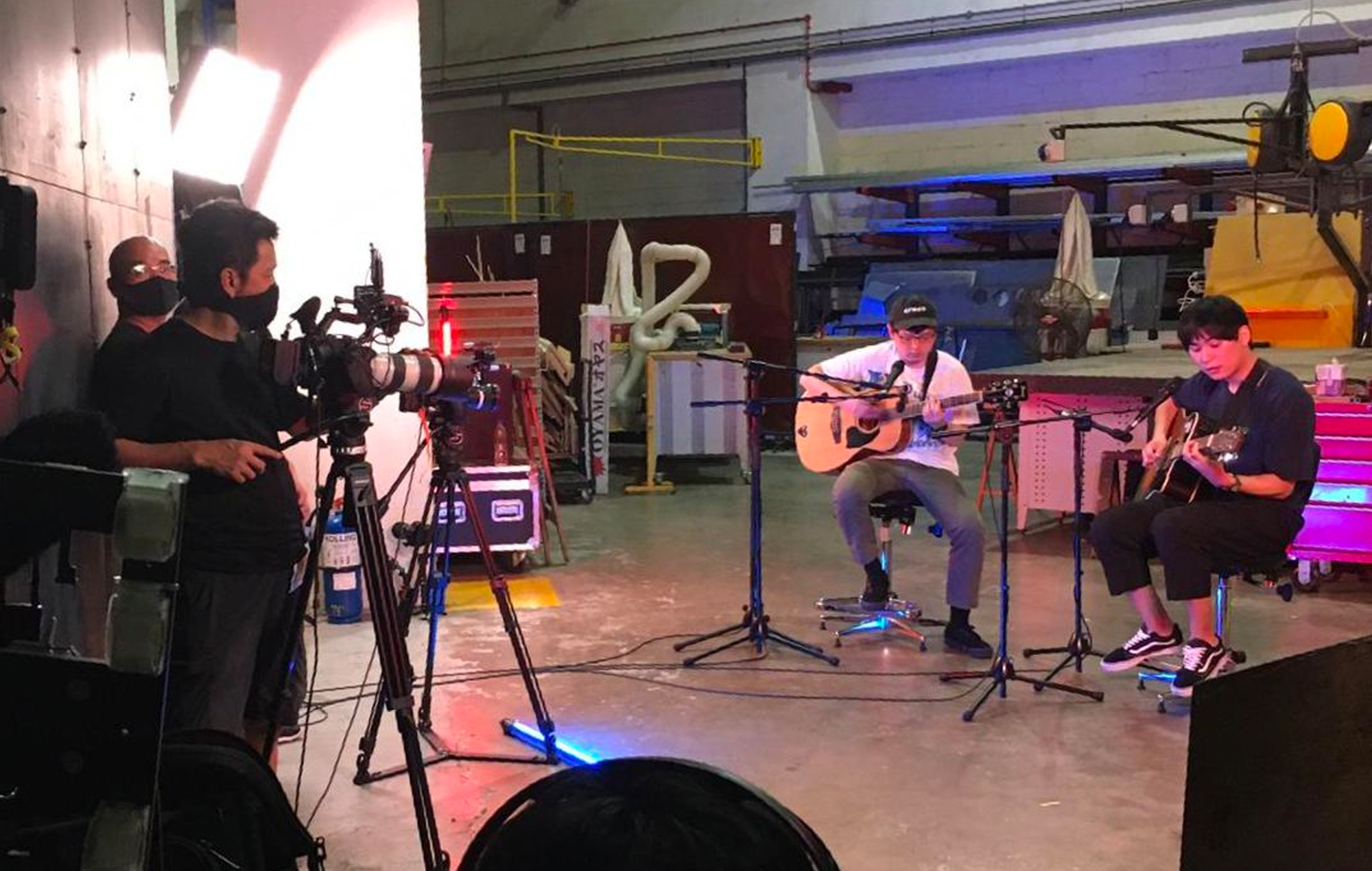
A Cultural Melting Pot
Baybeats’ influence now extends beyond Singapore’s borders. Over the years, its stages have welcomed acts from Malaysia, Indonesia, Thailand, Vietnam, the Philippines, Australia… the list goes on, turning the festival into a microcosm of pure underground music. That wide regional scope is critical. It reflects how youth culture in Asia is increasingly interconnected, fluid, and collaborative.
Rather than positioning itself as a “Singaporean export,” Baybeats has become a cultural melting pot. Bands share audiences and aesthetics, sometimes even members. Panel talk series allows industry experts to share thoughts, experiences, and advice on everything from community connection to the ins and outs of touring, to what it means to be independent, and much more. Fans cross borders to attend, and while much has changed—from musical styles to audience habits—the festival’s core message remains disarmingly simple: art belongs to everyone.
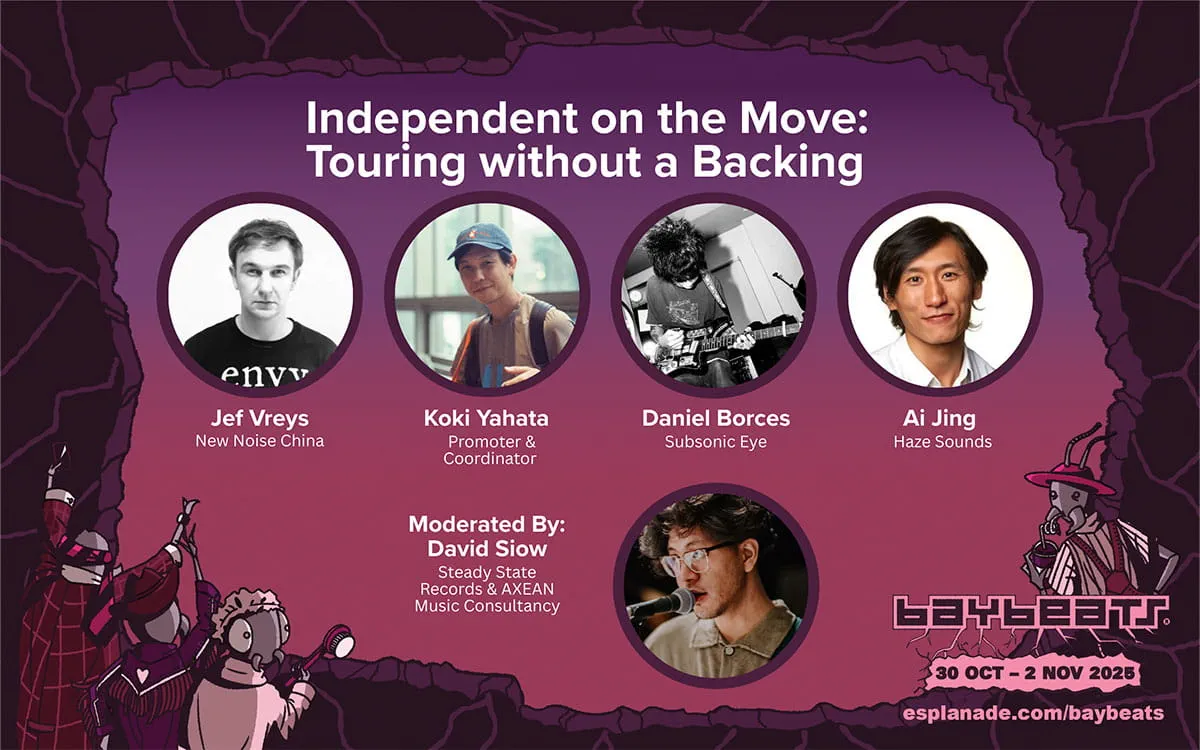
Two Decades On and the Spirit is Still Beating
Over two decades on, Baybeats continues to champion the spirit of Singapore’s alternative fanbase, again, not by nostalgia, but by participation. It endures because it understands something that transcends time and trend—that music isn’t just about sound, but about access, community, and connection.
As we anticipate this year’s edition, it’s easy to reflect on Baybeats feeling less like a relic from the past and more like a rare constant in a hyper-changing world. Its success is not just in staying the same, but in always staying open to what’s new.
All images—unless otherwise states—via Esplanade.
